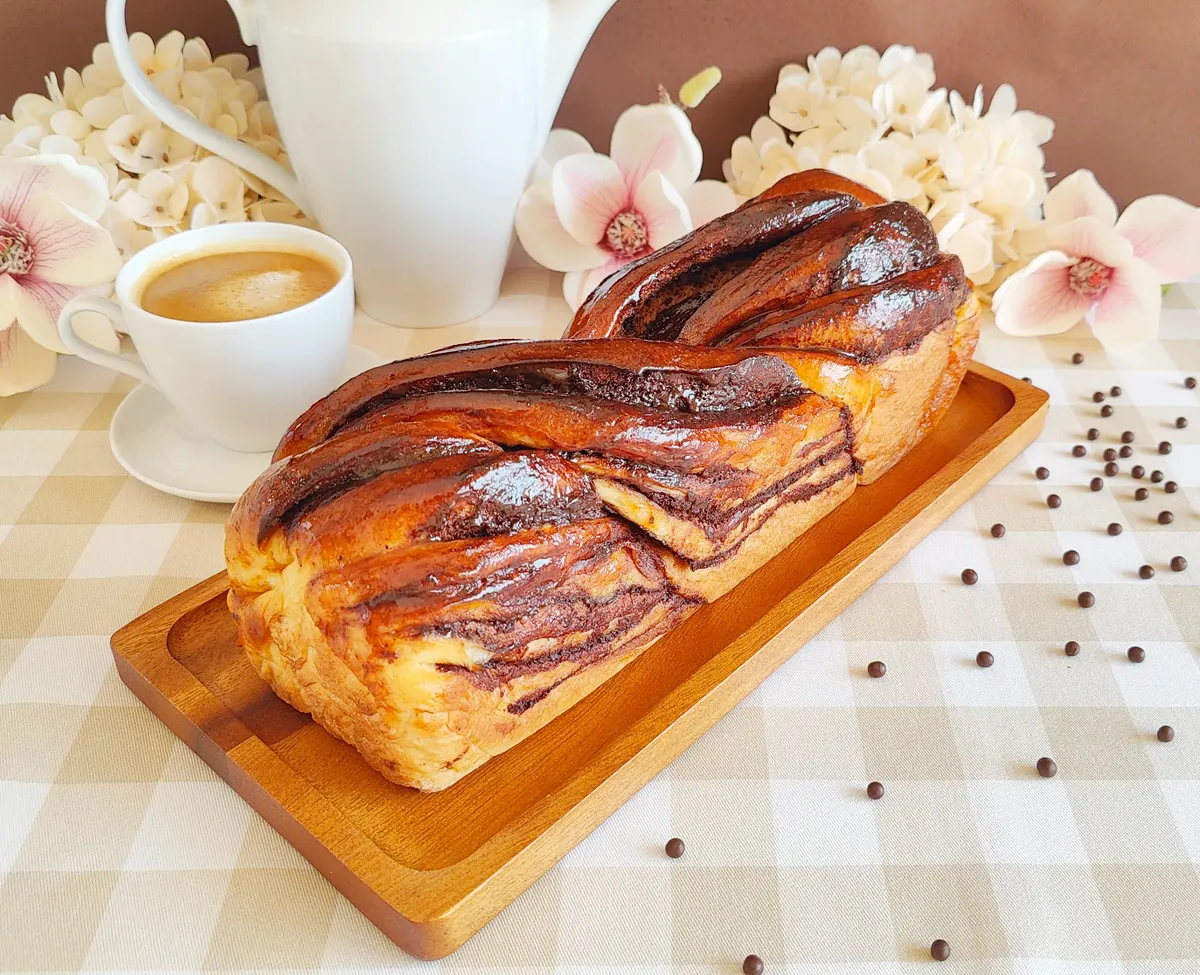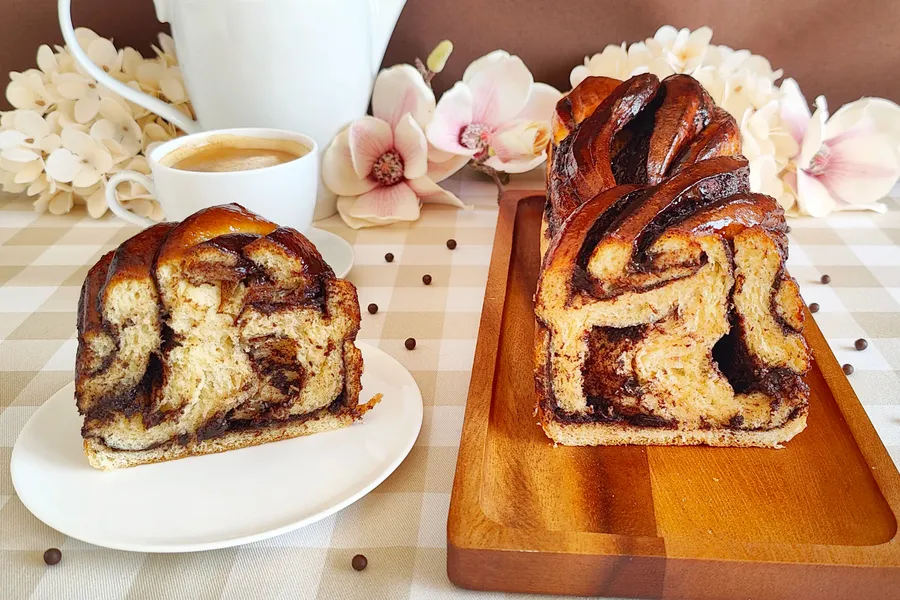
The history of Babka
The babka, one of Eastern Europe's most iconic sweet breads, has its roots in the Ashkenazi Jewish communities that lived in regions such as Poland, Lithuania, Ukraine, and Belarus from the Early Modern period. Although its name literally means 'grandma' in Polish (a diminutive of baba), the term did not initially refer to a specific recipe, but rather to a type of festive cake or dough baked for religious celebrations. In the Jewish tradition, babka began to take shape as a homemade preparation combining bread-making techniques with simple fillings.
The original babka recipe did not include chocolate; it was made from leftover challah dough (the braided Shabbat bread), which was rolled out, spread with jam, cinnamon, sugar, or nuts, and then rolled up. This resourceful technique emerged in the 19th century within modest Jewish households that relied on creativity to avoid wasting ingredients. The dough was braided or rolled before being baked in rectangular molds, resulting in a bread with a dense yet tender texture, served both on holidays and special occasions.
The babka as we know it today evolved in the 20th century with the mass migration of Eastern European Jews to the United States, particularly New York. It was there that chocolate fillings became popular, as the ingredient was more accessible and desired by the new generations. New York Jewish bakeries began offering richer versions, with swirls of melted chocolate, cinnamon, or even praline, solidifying babka as a gourmet bakery product.
It is important to distinguish this Jewish version of babka from other preparations with the same name in the Christian Slavic world. In Poland and Ukraine, for example, the term babka also refers to a tall, round, airy cake traditionally baked at Easter. While they share the name and some basic techniques, they are different products in both shape and cultural context. Jewish babka is braided, filled, and typically has a richer, denser texture.
Nowadays, babka has transcended its humble origins and become a cult pastry specialty, especially in Western Europe and America. With the rise of artisanal baking and interest in reinterpreted traditional recipes, many high-end bakeries make babkas with creative fillings: pistachio, almond cream, dulce de leche, or Nutella, to name a few. Despite these modern variations, the spirit of babka remains that of a generous sweet bread shared with family.
Ultimately, babka is much more than a braided bread: it is a living example of cultural blending, migration, and the oral transmission of family recipes. From the shtetls of Eastern Europe to boutique bakeries in Brooklyn or Barcelona, this sweet continues to tell stories of identity, memory, and celebration through its sweet layers and characteristic shape. Its name may mean 'grandma', but its legacy is universal.

 albertoimizcoz
albertoimizcoz

